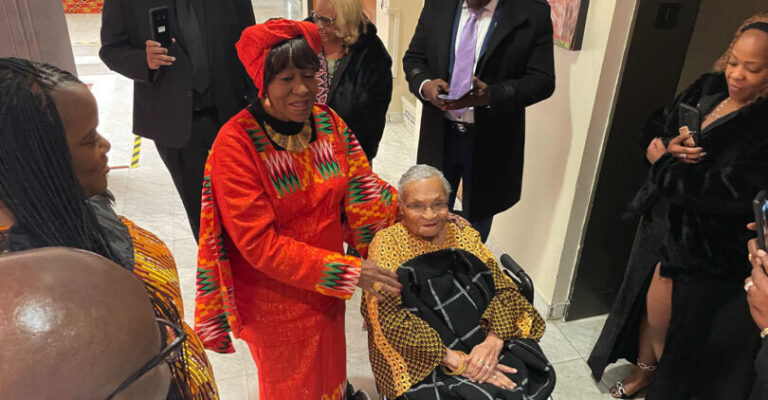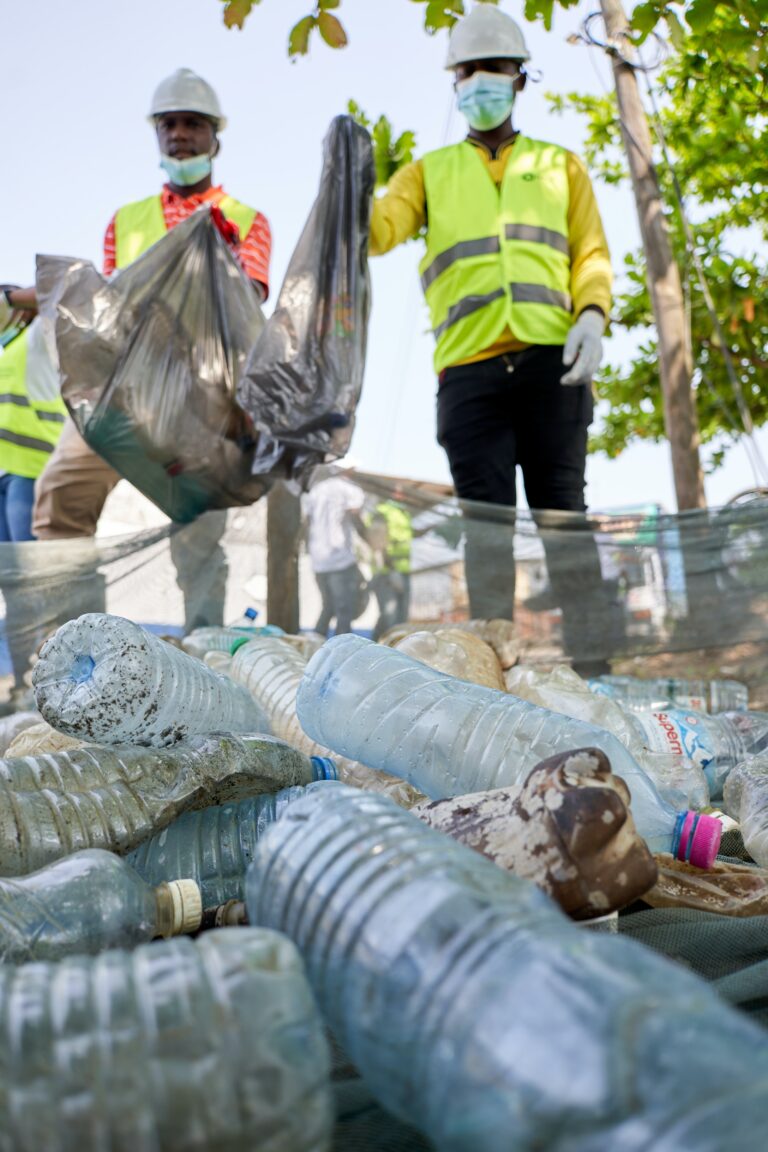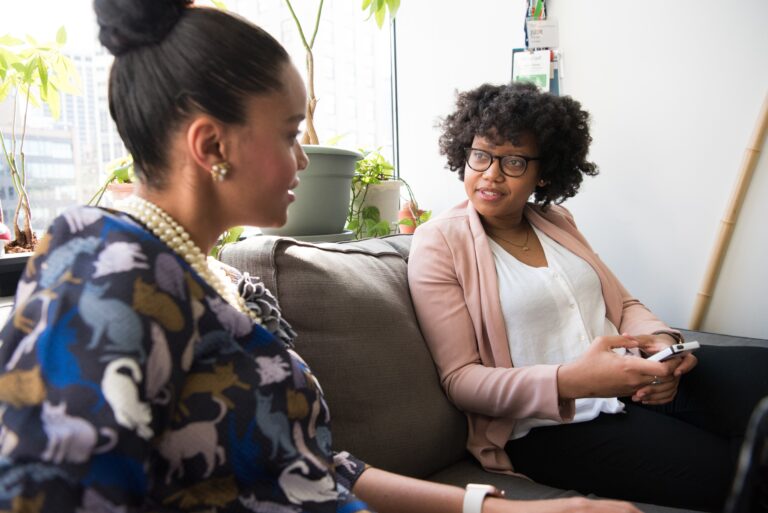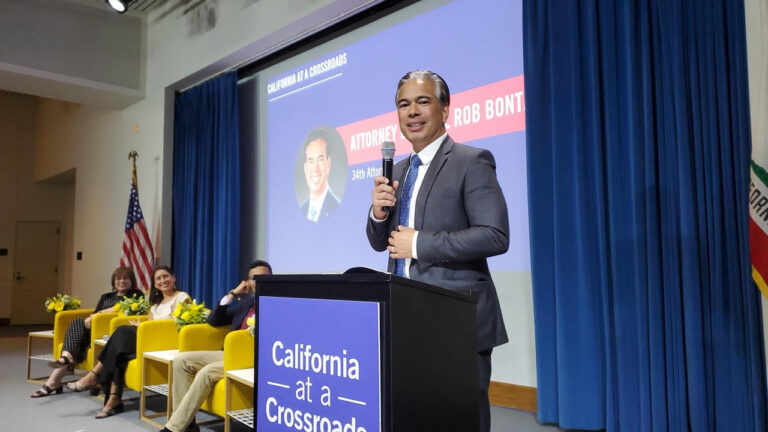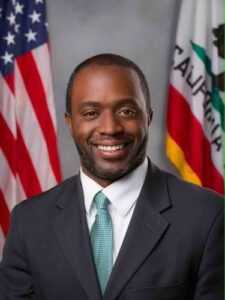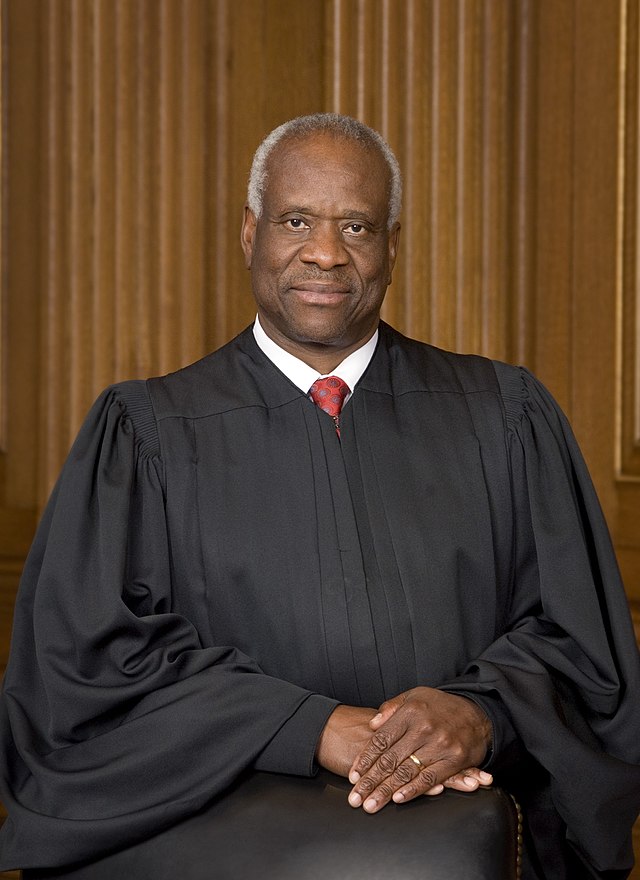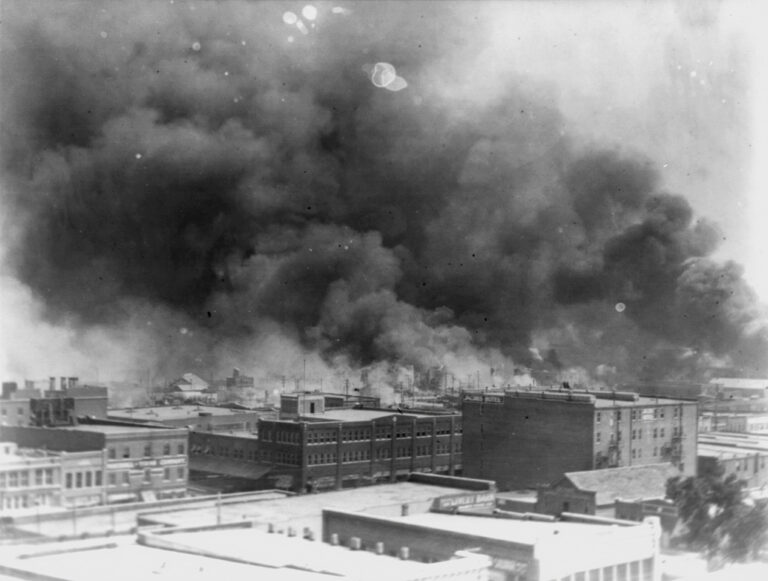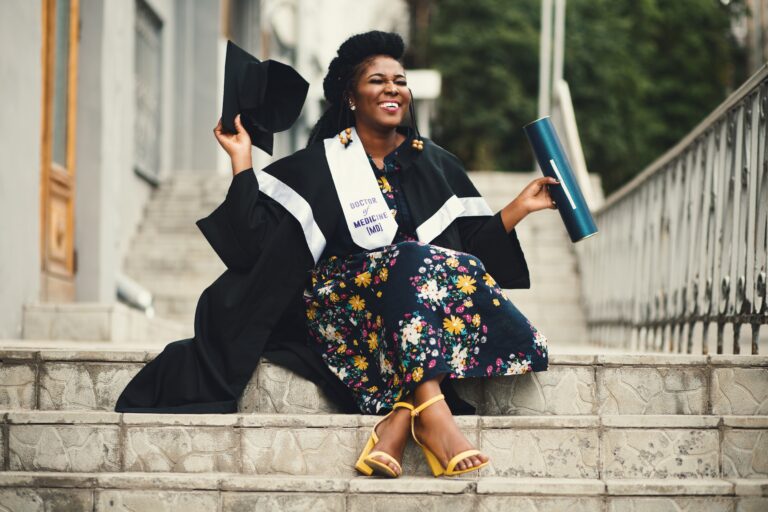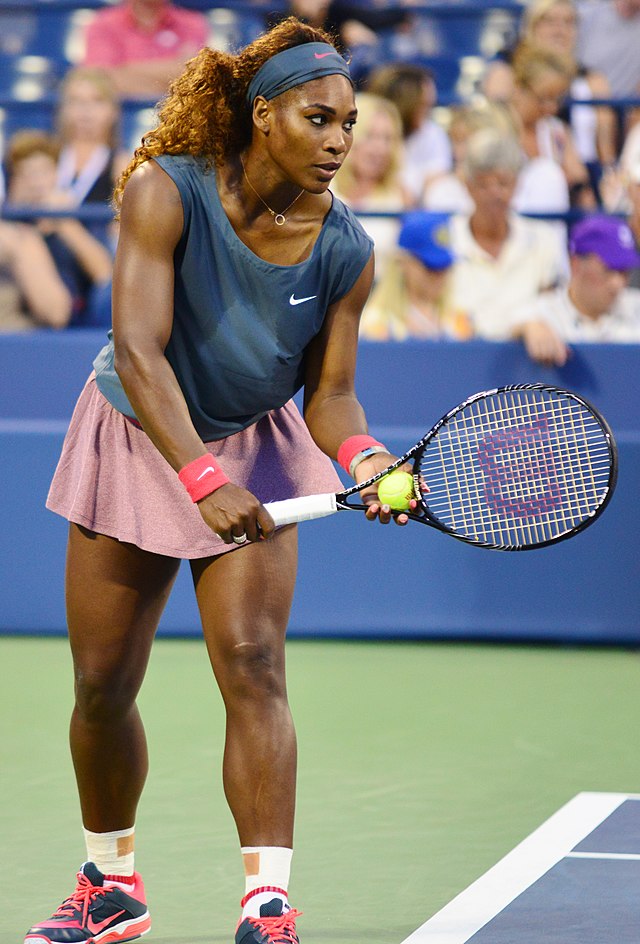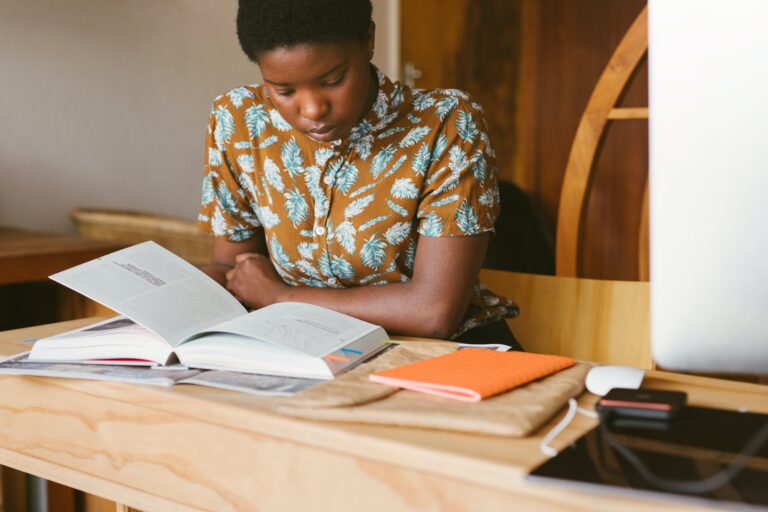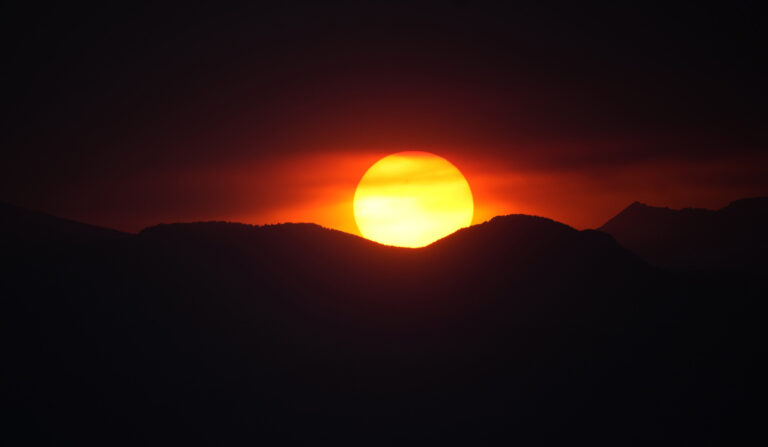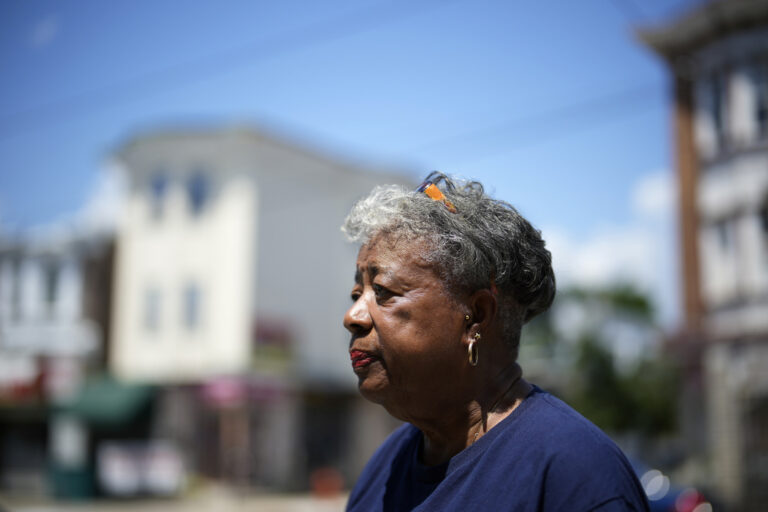By Stacy M. Brown, NNPA Newswire Senior National Correspondent
An Oklahoma judge has dismissed a lawsuit demanding reparations and rebuilding to address the historical damage inflicted by the 1921 Tulsa Race Massacre.
The case, representing the last three survivors of the violent assault that claimed the lives of approximately 300 Black Americans in the renowned “Black Wall Street” community, ended on Friday, July 7, according to court records.
Judge Caroline Wall, in her ruling, ruled in favor of the defendants, including the state and the city of Tulsa, who had repeatedly moved for the case’s dismissal.
Wall dismissed the lawsuit with prejudice, barring it from being refiled in state court.
However, the plaintiffs—Lessie Benningfield Randle, Viola Fletcher, and Hughes Van Ellis—still have the option to appeal the decision.
Philanthropist Ed Mitzen, who, along with his wife Lisa, donated $1 million to the trio last year, expressed disappointment over the dismissal, describing it as an “incredibly sad development.”
Mitzen conveyed his sympathies to the survivors and their families via email.
One of the central arguments presented by the state and city officials was that the survivors did not personally experience individualized adverse effects resulting from the massacre.
Many said the Tulsa Race Massacre has come to symbolize government-sanctioned racism and violence, contributing to the persistent disparities faced by Black Americans.
Historical accounts suggest that the massacre likely originated from a misunderstanding or falsehood.
A Black boy and a white girl entered an elevator together, and subsequent reports in the local newspaper falsely accused the boy of attempting to assault the girl sexually.
Some have speculated that the boy may have accidentally bumped into the girl, and because of the severe consequences associated with interracial interactions during that era, racist whites became enraged.
Following a newspaper’s editorial calling for lynching, white residents of the town embarked on a rampage the next day, destroying 1,200 homes, 60 businesses, a hospital, a school, and a library in the Greenwood District, as documented by Human Rights Watch.
The devastation forever shattered the heart of the Black community, which could not reclaim its former prosperity after May 31, 1921.
The lawsuit referred to the event as one of the nation’s “worst acts of domestic terrorism.”
It argued that plaintiffs like Lessie E. Benningfield Randle, the oldest survivor at 108 years old, suffered personal losses.
For instance, Randle’s grandmother’s home was looted and demolished.
The lawsuit highlighted how intergenerational real estate ownership has been a key factor contributing to the wealth disparity between white and Black Americans, with many properties destroyed or unlawfully seized following the Civil War.
In the civil filing, the lawyers contended, “This brutal, inhumane attack… robbed thousands of African Americans of their right to self-determination, upon which they had built this self-sustaining community.”
Officials asserted that the city, county, and state either created a public nuisance or, at the very least, turned a blind eye to the incident and later capitalized on it for their benefit.
The lawsuit cited apologies from the city’s mayor and a commander of the Oklahoma National Guard, the latter of whom admitted that the troops did not intervene to save the community.
The defendants maintain insufficient evidence to support the three plaintiffs’ claims of “individualized injury.”
In a filing submitted in December, they acknowledged the tragic loss of numerous businesses, homes, and lives during the massacre.
While the survivors said dismissing the lawsuit is disappointing, it is unlikely to halt the growing awareness of this crucial chapter in American history, which sheds light on contemporary disparities.
Mitzen acknowledged the plaintiffs’ role in this narrative, expressing gratitude for the opportunity to meet them and apologizing.
He emphasized his desire for their families to experience a better tomorrow than yesterday when the survivors eventually depart this world.

